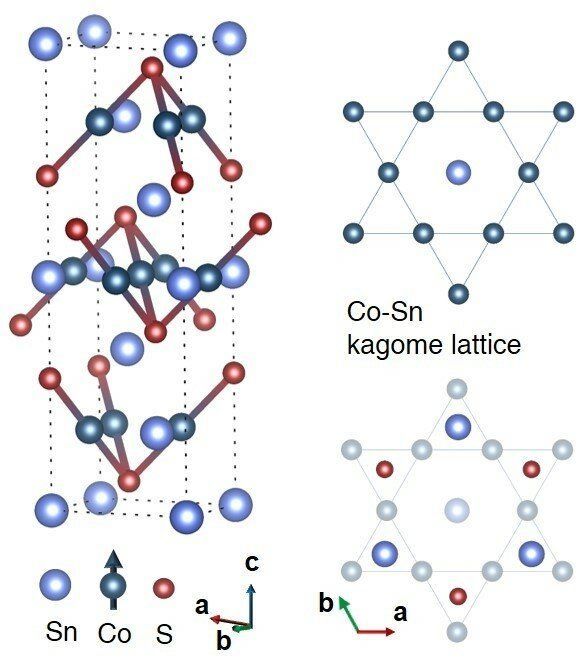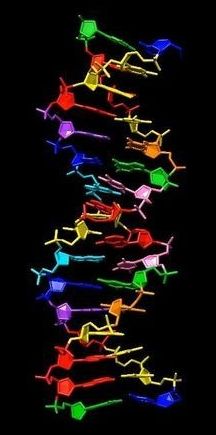Taking their name from an intricate Japanese basket pattern, kagome magnets are thought to have electronic properties that could be valuable for future quantum devices and applications. Theories predict that some electrons in these materials have exotic, so-called topological behaviors and others behave somewhat like graphene, another material prized for its potential for new types of electronics.
Now, an international team led by researchers at Princeton University has observed that some of the electrons in these magnets behave collectively, like an almost infinitely massive electron that is strangely magnetic, rather than like individual particles. The study was published in the journal Nature Physics this week.
The team also showed that placing the kagome magnet in a high magnetic field causes the direction of magnetism to reverse. This “negative magnetism” is akin to having a compass that points south instead of north, or a refrigerator magnet that suddenly refuses to stick.








